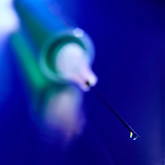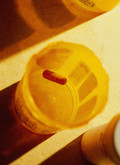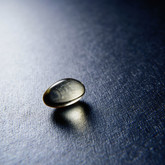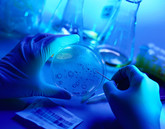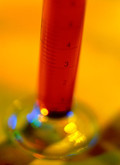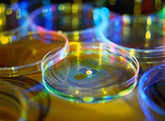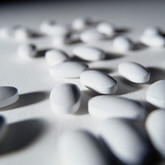Guidelines
Regulatory recommendations for biosimilars in the EU
The regulatory body for approval of medicines in the EU is the EMA.
The EU has developed a general legal pathway, and the EMA has developed regulatory guidelines, for the approval of biosimilars (see below).
Saudi Arabian guidelines for biosimilars
The Saudi Food and Drug Authority (SFDA) is the authority that oversees all drug manufacturing, trade, and registration in Saudi Arabia.
Saudi Arabian guidelines for generics
The Saudi Food and Drug Authority (SFDA) is the authority that oversees all drug manufacturing, trade and registration in Saudi Arabia.
FDA to release guidance on generic tablet size
The FDA hopes to release guidance in the next few months to help generic drug makers understand how big or small their tablet or capsule can be compared to the branded equivalent, an agency official said.
FDA issues new bioequivalence guidance for generics
In May 2011, the FDA issued new guidance for the submission of summary bioequivalence data for abbreviated new drug applications (ANDAs). This new guidance means that all bioequivalence data will now have to be submitted, including failed studies.
EMA, FDA and TGA joint GMP inspection programme
On 27 April 2011, the FDA announced that it is working with the EMA and Australia’s Therapeutic Goods Administration (TGA) to finalise a permanent pilot programme for joint good manufacturing practice (GMP) inspections at active pharmaceutical ingredient (API) manufacturing facilities.
FDA and EMA to join forces on quality
EMA and FDA have launched on 1 April 2011 a three-year pilot programme to allow parallel evaluation of quality elements, known as Quality by Design (QbD), of selected applications submitted to both agencies at the same time.
China’s regulatory authority adopt CTD format for NDAs
On 25 September 2010, China’s State Food and Drug Administration (SFDA) issued new guidance for industry for submission of new drug applications (NDAs) in the common technical document (CTD) format.
EMA adopts guideline on biosimilar monoclonal antibodies
EMA announced on its website that it has adopted the long-anticipated guideline on biosimilar monoclonal antibodies.
India regulatory authority to adopt CTD format for NDAs
On 28 October 2010, India’s Central Drugs Standard Control Organization (CDSCO) released new guidance for industry for submission of new drug applications (NDAs) in the common technical document (CTD) format.
